Bells of Ireland
- March 15, 2024
- 0 comment
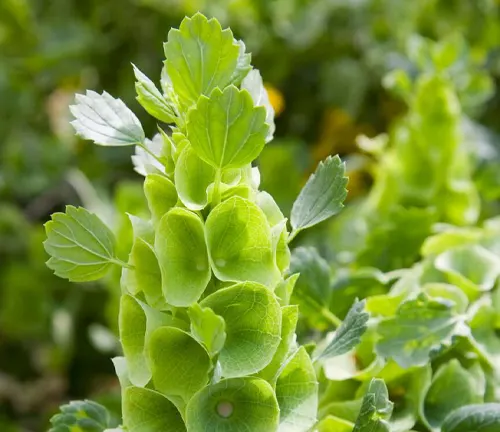
Bells of Ireland, or Moluccella laevis, is a plant that grows every year and is well-known for its striking flower spikes and pretty leaves. It is often used in gardens and in making flower arrangements because of its unusual look and special meaning.
This plant is native to the Middle East and has been grown in Europe for over 300 years. It is a member of the mint family, but it does not have a strong smell. The flowers are usually green, but some varieties have white or pink flowers. The flowers are shaped like bells and are arranged in a spike on top of a tall stem. The leaves are small and green, and they grow in pairs along the stem.
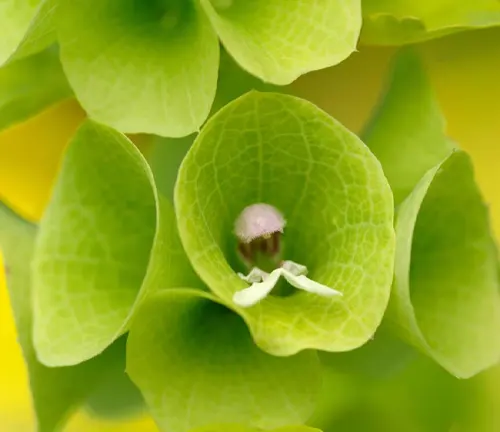
| Characteristics | Description |
| Scientific Name | Moluccella laevis |
| Common Names | Bells of Ireland, Shellflower |
| Family | Lamiaceae (Mint family) |
| Native Region | Turkey, Syria, and the Caucasus |
| Plant Type | Annual flowering plant |
| Size | Bells of Ireland typically grows to a height of 24 to 36 inches (60 to 90 cm) |
| Leaves | The plant produces attractive, bright green, lance-shaped leaves that densely cover the stems. |
| Flowers | Bells of Ireland blooms with tall spikes of delicate, bell-shaped, green flowers that encircle the central stem |
| Propagation | It is commonly propagated from seeds, which can be sown directly into the garden soil after the last frost |
| Drought Tolerance | Bells of Ireland exhibits moderate drought tolerance once established |
| Cultural Uses | It holds cultural significance in Ireland, where it is often associated with good luck |
| Ecological Role | The plant attracts pollinators, such as bees and butterflies, making it an essential component of pollinator-friendly gardens |
| Notable Species | The Moluccella laevis is the most well-known species within its genus |
| Hardiness Zones | Bells of Ireland is typically grown in hardiness zones 2 to 11 |
| Growth Rate | The plant has a moderate growth rate and thrives in full sun to partial shade |
| Lifespan | As an annual plant, Bells of Ireland completes its life cycle within one growing season |
Botanical Beauty of “Bells of Ireland ”
The Bells of Ireland plant is known for its special and beautiful look that makes it a great choice for gardens and flower arrangements. Its green flower spikes are tall and stand out, making it a great addition to bouquets and garden borders. This plants adds a touch of woodland beauty to any place it is planted, making it a popular choice for people who love gardening and flowers.


Woodland Elegance
The tall, thin flower spikes of Bells of Ireland give a charming look that reminds you of a green forest. These vertical spikes add a touch of woodland beauty wherever they are placed, bringing a sense of nature’s elegance to gardens and floral displays.
Ecological Importance
Bells of Ireland not only looks beautiful, but it is also important for the environment. It helps attract and support pollinators, which are important for the health of the ecosystem. This plant plays a part in keeping the balance of nature by helping to keep the biodiversity of the environment strong.
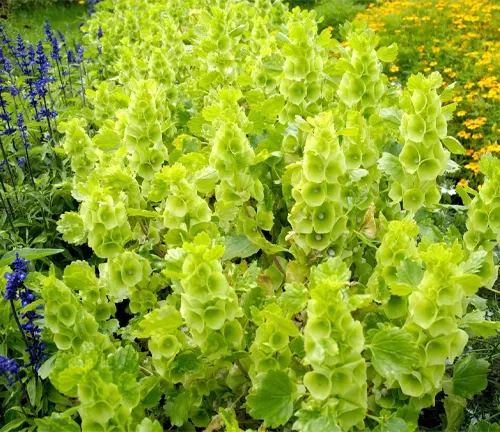

Cultivation and Conservation
Caring for and growing Bells of Ireland is important to keep it thriving in gardens and flower arrangements, even though it is not in danger of disappearing. By cultivating and preserving this plant, we can ensure that it continues to bring its unique beauty to our gardens and floral decorations for years to come.
Fragrance
Bells of Ireland not only looks beautiful but also has a gentle, fresh smell that adds to its charm. The scent of this plant is light and pleasant, making it a great choice for people who love flowers with a nice aroma. The fragrance of Bells of Ireland is subtle, but it is still noticeable and adds to the overall experience of enjoying this plant in gardens or floral arrangements.
The scent of Bells of Ireland is often described as a mix of fresh cut grass and a hint of mint. This fragrance is not overpowering, but it is noticeable and adds a delightful olfactory dimension to the plant’s visual appeal. The combination of its unique appearance and pleasant smell makes Bells of Ireland a popular choice for those who want to create a beautiful and fragrant garden or floral display.
Soil Stabilization
Bells of Ireland is not only beautiful but also helpful for the soil. Its root system helps to keep the soil stable, which is important for preventing erosion in certain places where it is planted. This makes Bells of Ireland a valuable addition to gardens and landscapes, as it can help to maintain the health and stability of the soil.
The roots of Bells of Ireland grow deep into the ground, which helps to anchor the soil and prevent it from being washed away by rain or wind. This is especially important in areas where the soil is loose or slopes downwards, as these areas are more prone to erosion. By planting Bells of Ireland in these areas, gardeners can help to stabilize the soil and prevent erosion, which is beneficial for the overall health of the garden and the environment.
Common Uses
Bells of Ireland is not just pretty to look at; it is also commonly used in flower arrangements to give them a special touch. When added to bouquets and centerpieces, Bells of Ireland brings texture and height, making the arrangements more interesting and eye-catching. Its unique appearance with tall, green spikes adds a distinctive element to floral displays, making them stand out and look more elegant.
In floral design, Bells of Ireland is often chosen for its ability to add a vertical element to arrangements, creating a sense of balance and structure. The green color of the flower spikes can complement a wide range of other flowers, adding depth and contrast to the overall look. Whether used in wedding bouquets, table centerpieces, or other floral creations, Bells of Ireland is a versatile and popular choice for adding a touch of sophistication and charm.
Benefits
Bells of Ireland brings more than just beauty to gardens and flower arrangements; it adds a special and unique look that stands out. Its tall, green spikes create a striking visual element that can enhance the overall appearance of any garden or floral display. Moreover, this plant plays a crucial role in supporting local ecosystems by attracting pollinators like bees and butterflies, which are essential for plant reproduction and biodiversity.
Beyond its aesthetic and ecological benefits, Bells of Ireland holds cultural significance and symbolism in various traditions and celebrations. In some cultures, it is believed to bring good luck or symbolize luck, hope, or even prosperity. This adds an extra layer of meaning to the plant, making it not just a beautiful addition to gardens and bouquets but also a symbol of positivity and tradition in different contexts.
Different Species
Moluccella laevis – Bells of Ireland
Best known for its tall, green, bell-shaped calyces that surround tiny white flowers. It’s an annual plant that can grow up to 2-3 feet tall. The green calyces are often mistaken for flowers but actually serve to protect the small flowers within.
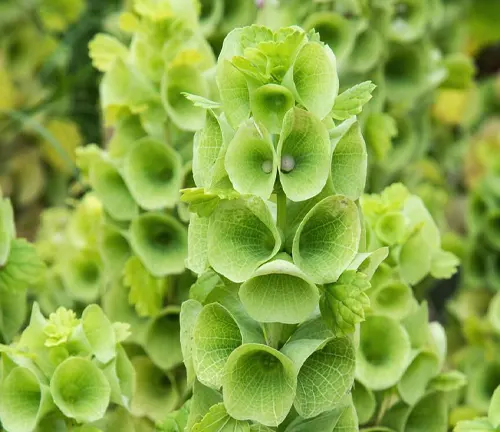

Moluccella spinosa
This species is less commonly known and features a spiny appearance, with green calyces that are also visually appealing. It’s adapted to more arid environments and can offer an interesting texture to garden designs.
Frequently Asked Questions (FAQs)
1. What is Bells of Ireland?
Bells of Ireland, scientifically known as Moluccella laevis, is an annual plant famous for its striking spikes of green, bell-shaped calyces and delicate white flowers. It is a popular choice for gardens and floral arrangements due to its unique appearance and symbolic meaning of good luck.
2. Where is Bells of Ireland originally from?
Despite its name, Bells of Ireland is native to the eastern Mediterranean region, including countries like Turkey, Syria, and the Caucasus. It has been cultivated in Europe for over 300 years.
3. What family does Bells of Ireland belong to?
Bells of Ireland is part of the Lamiaceae, or mint, family. However, it does not exhibit a strong minty fragrance typical of this family.
4. How tall can Bells of Ireland grow?
This plant typically reaches a height of 24 to 36 inches (60 to 90 cm), with its tall spikes rising above the foliage.
5. How do you propagate Bells of Ireland?
Bells of Ireland is commonly propagated from seeds. Seeds can be sown directly into the garden soil after the last frost of spring.
6. Is Bells of Ireland drought tolerant?
Once established, Bells of Ireland exhibits moderate drought tolerance, making it relatively easy to care for in various garden settings.
7. Can Bells of Ireland attract pollinators?
Yes, the plant is known to attract pollinators such as bees and butterflies, making it a valuable addition to pollinator-friendly gardens.
8. What are the common uses of Bells of Ireland?
Primarily grown for its ornamental value, Bells of Ireland is used in floral arrangements and gardens for its unique texture, height, and the touch of green it adds to bouquets and landscapes.
9. What does Bells of Ireland symbolize?
In Ireland and other cultures, Bells of Ireland is often associated with good luck, making it a meaningful gift and a popular choice for special occasions and celebrations.
10. Are there different species of Bells of Ireland?
While Moluccella laevis is the most well-known and widely cultivated species, the genus Moluccella includes a few other species, such as Moluccella spinosa and Moluccella echinata, which are less common but share some characteristics with Bells of Ireland.


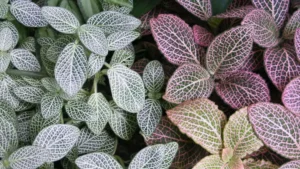

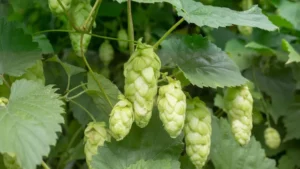

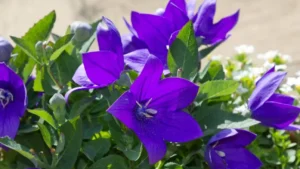

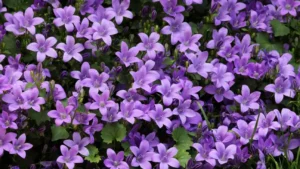
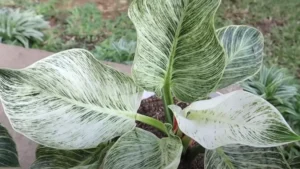

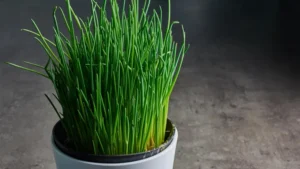
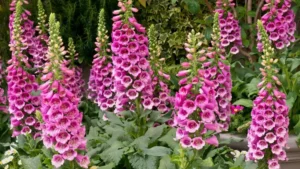
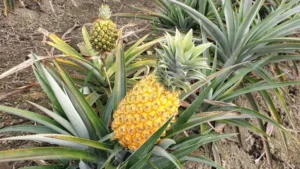
Leave your comment